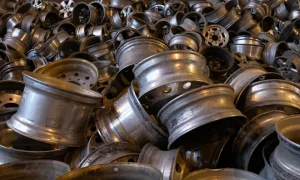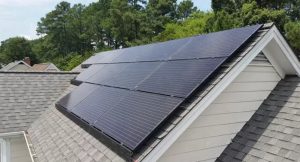Common myths about furnace repairs in San Antonio, TX, can lead homeowners down the wrong path toward subpar solutions or unnecessary costs. Understanding the facts behind the fiction helps you make smarter decisions about maintenance and repairs for warm, efficient home heating. Here are some of the common myths about furnace repair and the truth surrounding those myths.
Myth 1: Duct Tape Works Fine For Quick Fixes
When fittings crack, or exhaust piping springs a leak, it seems duct tape offers an easy DIY patch holding things together in a pinch. However, the mere tape cannot withstand the extreme hot-cold cycling and vibration forces inside furnace enclosures long-term before the adhesive fails. Only professional-grade metal tapes, sealants, and properly brazed/welded fabrication prove durable enough to restore integrity under thermal stress duress for years.
Myth 2: Refilling Refrigerant Doesn’t Resolve Things Long-Term
Periodically topping up coolant may provide short-term AC relief on hot summer days. But if underlying refrigerant leaks exist, the corrosion and pressure loss issues persist while merely masking symptoms temporarily. Any leaks require full repair or eventually. The entire refrigerant circuit sustains damage from ongoing seepage that finally seizes the mechanical components. Avoiding repairs accelerates corrosion impact.
Myth 3: Basic Cleaning Doesn’t Address Wear and Damage
Assuming a simple annual debris cleaning fixes all furnace issues ignores factors like heat exchanger cracks, valve wear, leaning gas flames, sooty builds degrading efficiency, or wiring connection fatigue building incrementally over seasons. While vital maintenance is periodic, accumulated component deterioration limits what servicing alone can resurrect before parts require replacement to renew safe function.
Myth 4: Whole Furnace Replacement Isn’t Always Needed
When worrying problems arise, homeowners often assume complete new system replacement becomes the catch-all solution. But methodical troubleshooting by savvy HVAC experts frequently isolates specific repairable components able to resurrect adequate performance levels far more economically without unnecessary replacement of still durable baseline infrastructure. Identifying and replacing only worn parts restores operation at a fraction of full unit swapouts.
Myth 5: Refurbished Parts Can Last Equal to New
Negative assumptions that remanufactured components directly cause premature failure stem more from improper specification matching to model numbers, lack of calibration to operational settings, and poor installation handling rather than inherent lifecycle issues with factory-approved parts under warranty. Correctly assessed and integrated refurbished modules and valves exhibit functional longevity matching new parts.
Myth 6: New Baseline Models Won’t Radically Cut Bills
Aggressive marketing claims around efficiency often prove underwhelming per independent testing, maybe estimating 5% to 15% seasonal cost savings moving from older units to newer baseline systems. Actual utility reductions result more from proper sizing, duct improvements, zoning controls, and installing advanced variable speed components rather than merely incremental efficiency gains of the entry-level units themselves.
Myth 7: Some Repairs Are Short-Term Cost Savers
Conventional wisdom expects extended functionality after repairs but some components face limitations around 5 to 7 years before requiring upgrades or replacements. This results from duty cycles exceeding the restoration capacity possible through repairs alone. Savvy maintenance agreements help budget such near future expenses rather than assuming repairs perpetually extend equipment lifespan absent replacing fatigued parts.
Rushing replacements or extensive repairs often misuses budgets lacking bigger picture realities. Testing systems, troubleshooting issues, and understanding equipment life cycles leads to smarter repair vs replacement decisions, rationally maximizing yearly functionality.



